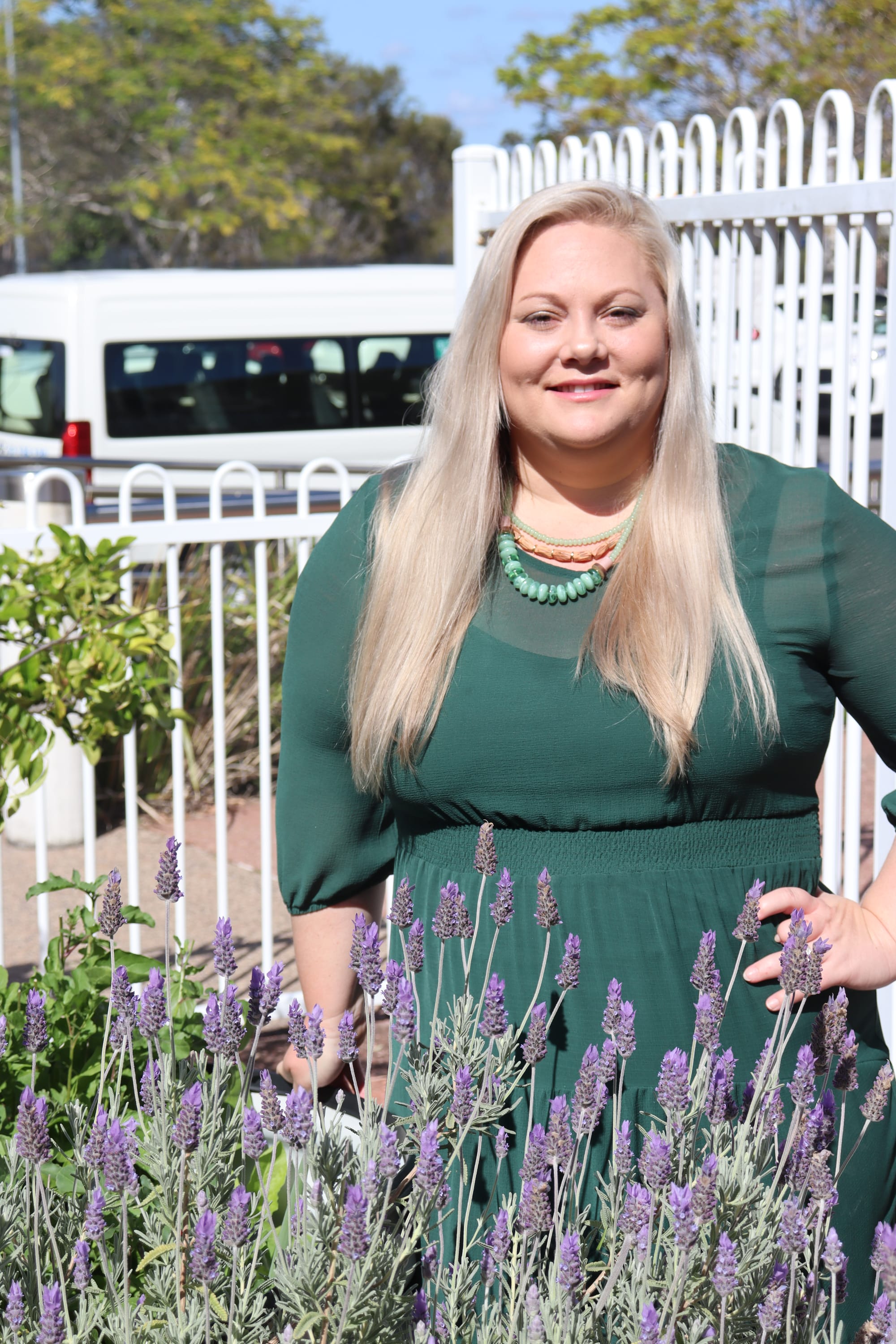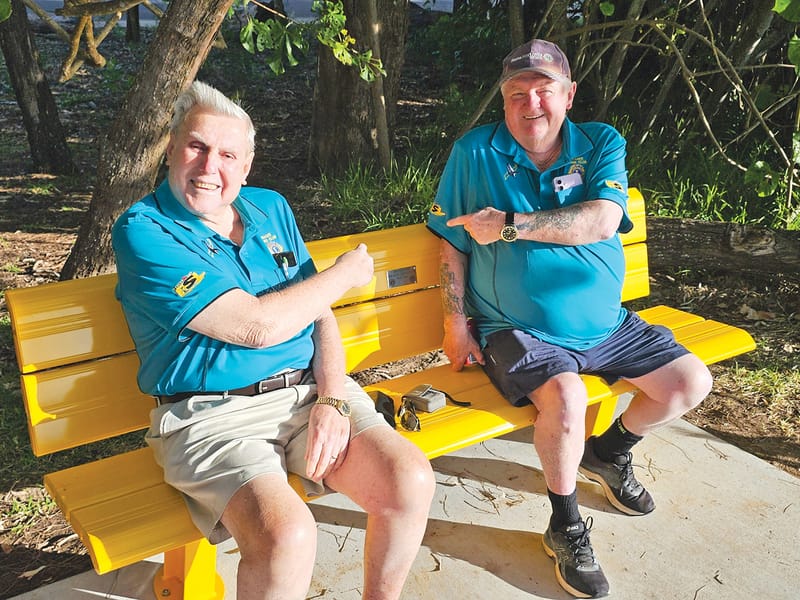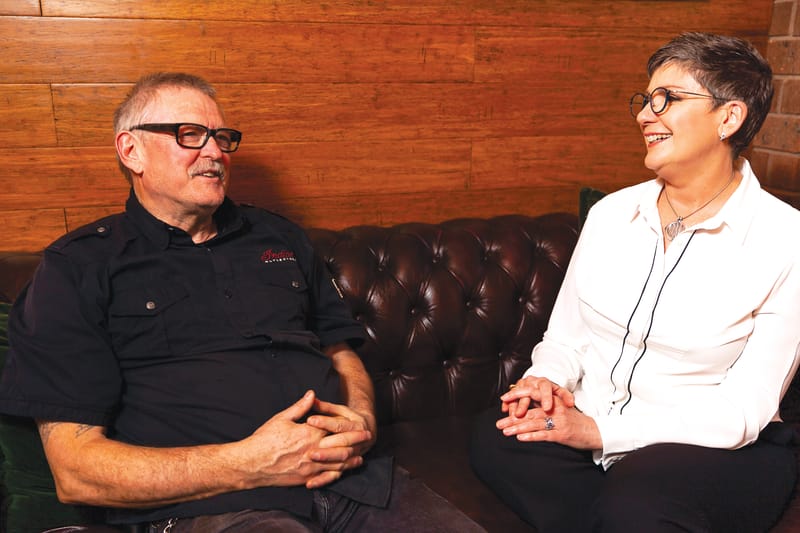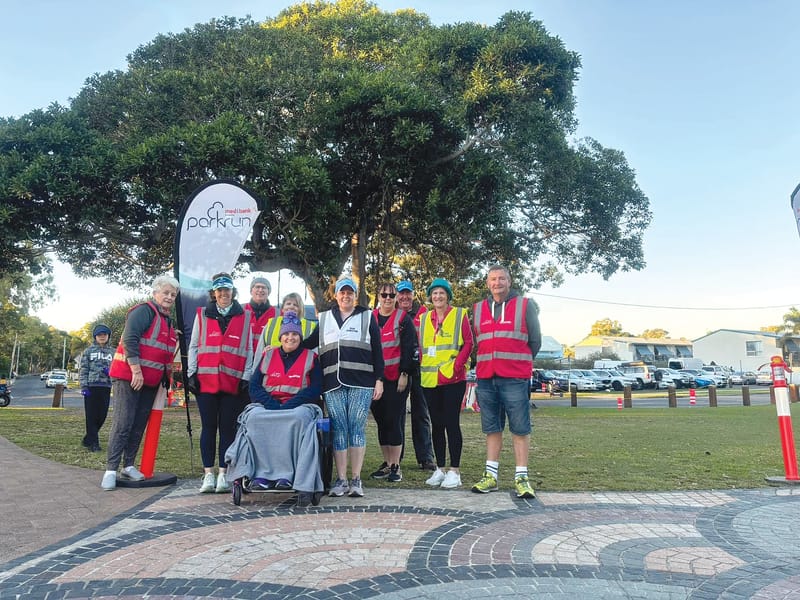The State of Mental Health on the Fraser Coast
THERE is no doubt Australia has experienced enormous change in its societal attitudes towards mental health. Previous generations would ignore the subject, often hidden in the shadows of stigma and misunderstanding, now communities have gained...

THERE is no doubt Australia has experienced enormous change in its societal attitudes towards mental health. Previous generations would ignore the subject, often hidden in the shadows of stigma and misunderstanding, now communities have gained stronger education and the topic has emerged as a priority for conversations nationally.
The journey toward heightened mental health awareness in Australia has been both gradual and multifaceted, driven by a daunting reality of the impact on our family and friends.
One significant catalyst for change has been the courageous advocacy efforts of individuals and organisations who have shared their own experiences with mental illness, thereby challenging stereotypes and dispelling myths.
Through candid storytelling and advocacy campaigns, these voices have helped to humanise mental health struggles, fostering empathy and unification within communities across the country.
The Fraser Coast is not excluded from the mental health crisis our nation is challenged as is regional Australia which typically experiences a higher rate of mental health statistics that that shines an attentive light on our community.
Recently the Hervey Bay Neighbourhood Centre (HBNC) released The State of Mental Health Report 2023 through the Social Shift program with funding from the Australian Government Department of Social Services (DSS) Community-led Support Fund.
The report stems from the recent DSS Bundaberg-Hervey Bay Local Services Plan 2023 that prioritised improving community services including supporting the collation of community data at a regional level as a recognised need and gap.
HBNC gathered data from several sources including community Wellbeing Surveys, the 2021 Australian Bureau of Statistics Census, Queensland and National data sources as well as specific groups associated with mental health and wellbeing.
The opening of the report sets the connection at a community level – “It may take a village to raise a child, but it takes a community to support those living with mental illness to live healthy and purposeful lives. Too often mental health is seen as an issue for hospitals and psychologists to deal with.”
A snapshot of the current picture for Fraser Coast has a tone that is deafening – Fraser Coast has a higher incidence of long-term mental health conditions than Queensland and Australia. Our region wants to be recognised nationally, but not for the results that clearly illustrates our residents are experience higher levels of mental health concerns than the rest of the nation.
Increased media coverage and public discourse surrounding mental health issues have played a pivotal role in raising awareness and breaking down barriers to dialogue. This article has this objective top of mind as we highlight the areas of greatest concern.
High-profile initiatives, such as mental health awareness weeks and dedicated programs on the Fraser Coast, have helped to normalise discussions about mental wellbeing and reduce the stigma associated with seeking support.
The value of The State of Mental Health Report 2023 should empowered individuals to recognise the signs of mental distress, access resources, and engage in open conversations about their mental health.
HBNC CEO, Tanya Stevenson, said the report had real potential to prompt grassroots ideas and affect change in our towns.
“This report started with a survey of Fraser Coast and Bundaberg residents, so it is not simply a presentation of regional health data. It is aimed at working toward real solutions to the challenges and gaps identified in our community, by community members,” Tanya said.
“Mental health is not solely a medical issue but a community concern that affects us all. Through comprehensive research and community engagement, we aim to create a roadmap for collective action to enhance mental health support systems.”
“With such sobering data, it’s imperative that we come together as a community to develop innovative solutions,” she said.
For Hervey Bay, the polarising statistic the report shares is 12% of the population has a long-term mental health condition including depression and anxiety. While Maryborough experienced a much higher rate of 16%, comparing across the country is not a great reflection on our region with Queensland having 9.6% and Australia 8.8%.
This considers the 2021 ABS Census Data with the Queensland Government reporting people living in regional, rural, and remote places like Hinkler and the Fraser Coast, face more challenges to accessing mental health services due to smaller populations in towns, long distances sometimes required to access services, inadequate workforce responses and service delivery constraints.
Elements of the report refers to a Fraser Coast Community Wellbeing Survey conducted by HBNC throughout October and November last year. The objective of the survey was to get a “baseline” of how people were feeling about their wellbeing and to rate their connection to their local community.
Almost 2 in 3 (62%) people of Fraser Coast residents surveyed said they felt average to very poor connection to their community. In terms of rating their individual mental wealth, 37% said their wellbeing was average to poor.
When asked about what challenges are affecting their wellbeing, 42% report financial considerations, 41% reported personal with “Other” having 39% responses which of 60% of these respondents stated Health (Physical/Mental).
The survey also asked residents what they think is needed to improve the connectedness of our community. Nearly half of those responded (45.8%) with more events & activities that are affordable and inclusive, with another 30.8% believed in improved promotion of activities.
The report also covers the economic impacts of Mental Health. Reference is made to Queensland Mental Health Commission estimating in 2020 they conservatively believe that mental ill-health costs the national economy $200-220 billion per year or between $440-600 million per day.
In terms of local costs, the report refers to government expenditure of $451 per person for mental health-related services in 2020-21, that estimates within the Hinkler region almost $100 million is spent annually for mental health-related services.
Discussion on the demographic groups challenged by mental health have been widely debated yet both men and women have concerning issues related to mental health. The report shows 14% of women in Hervey Bay have a long term mental health condition compared to 11% for men.
For Aboriginal and Torres Strait Islander people, the statistic climbs to a concerning 18%, while our youth (15-24 years) who experience this condition is at 15% in Hervey Bay. Seniors (people 65 years and more) had 10% responding with a long term mental health condition.
The report also considers socioeconomic factors, the life factors that contribute to mental health issues. The 2021 census data revealed 16% of people in Hervey Bay earning less than $650
per week also had a long term mental health condition, with Maryborough experiencing 22%.
The State of Mental Health Report dives deep into many segments of the community that raise the many concerns our community understands mental health is contributing to.
The growing mental health awareness on the Fraser Coast has sparked a cultural shift in how mental wellbeing is perceived and prioritised in various stages of life.
Employers are increasingly recognising the importance of fostering psychologically safe workplaces and implementing mental health initiatives to support employee wellbeing. Schools are integrating mental health education into their curricula, equipping students with the knowledge and skills to manage stress, build resilience, and seek help when needed.
Despite these strides, challenges remain in ensuring equitable access to mental health services and support for our local residents, particularly as a regional community.
Digital mental health platforms and telehealth services will play a key role in the future. Through online counselling, therapy apps, and virtual support groups, individuals can now access evidence-based interventions and peer support networks across Australia from the comfort of their own homes, reducing barriers related to geography, stigma, and scheduling constraints.
Fraser Coast has made enormous steps toward greater mental health awareness and support and it is imperative that the momentum is more than maintained, but accelerated.
This requires a collective commitment to challenging stigma, promoting mental wellbeing, and fostering environments that prioritise empathy, compassion, and support for all individuals, regardless of their mental health status.






